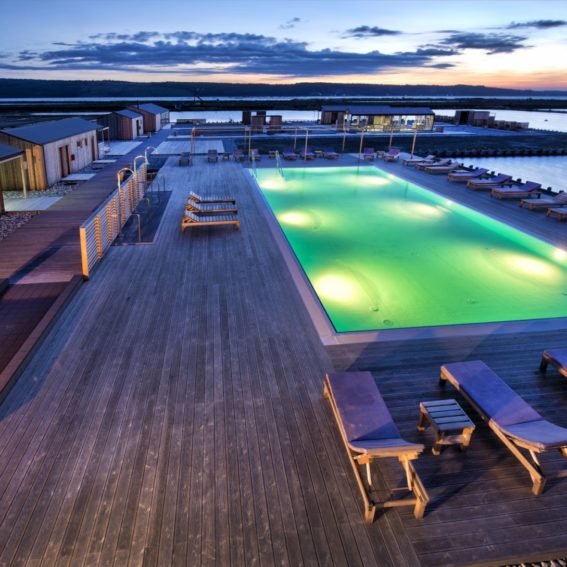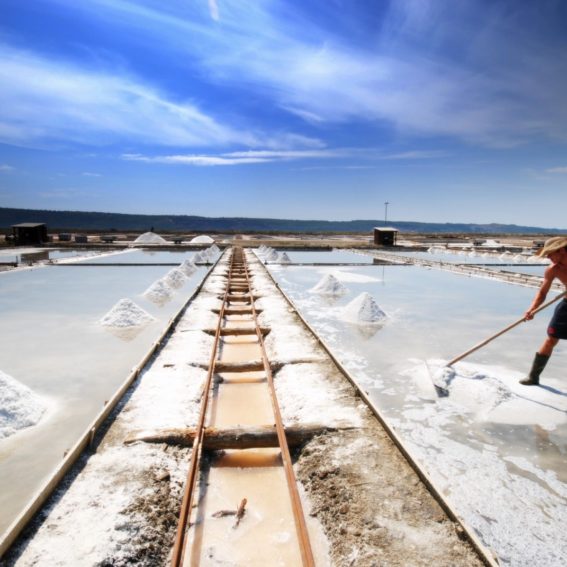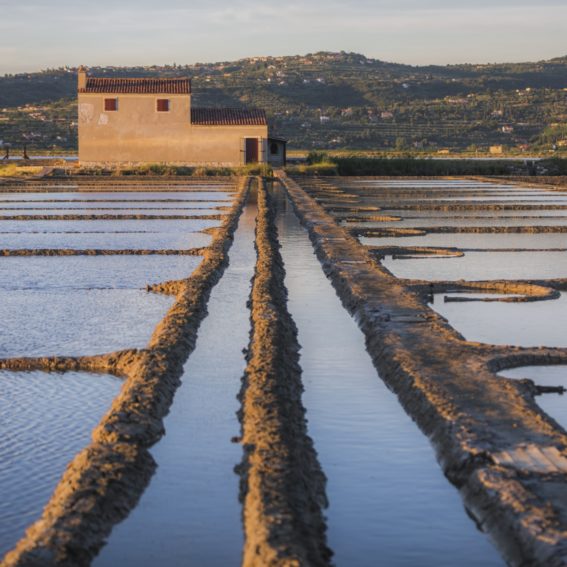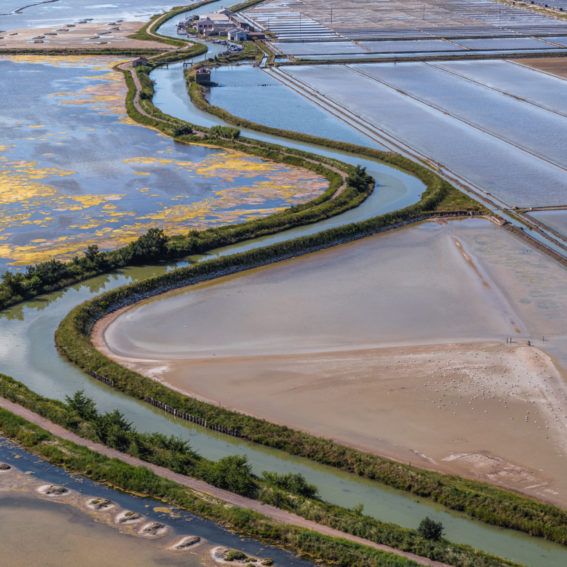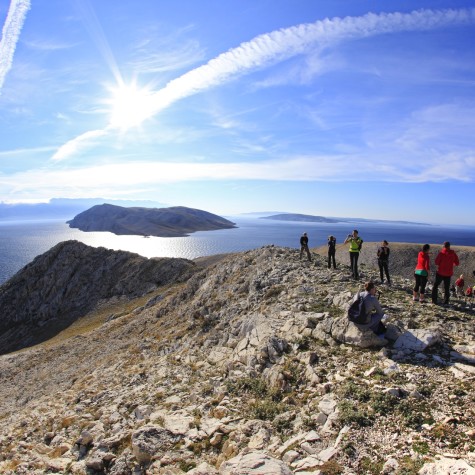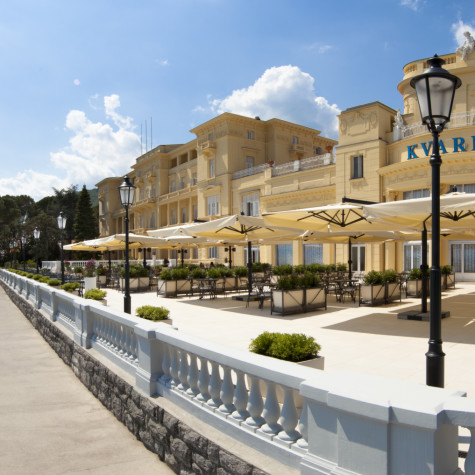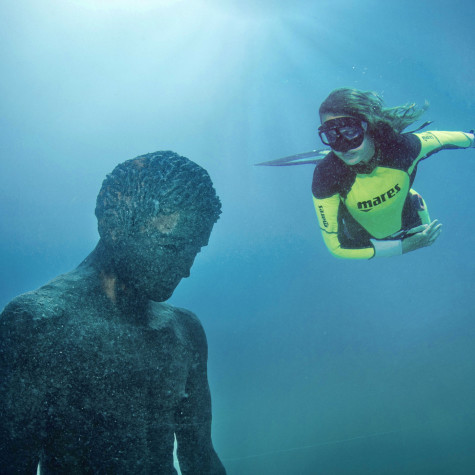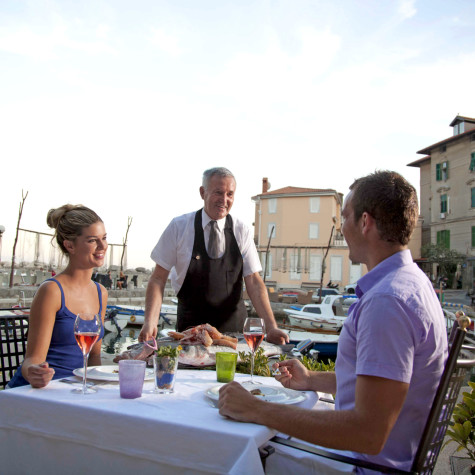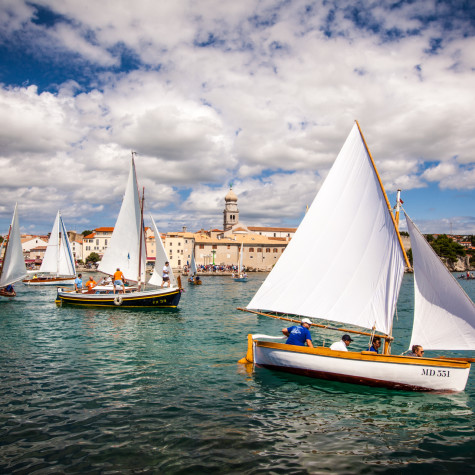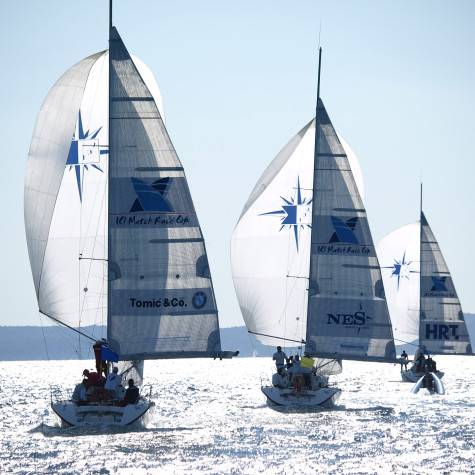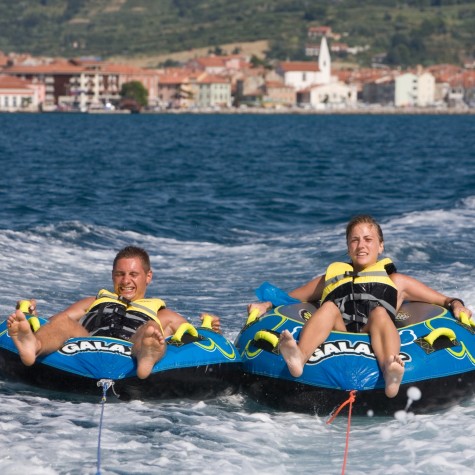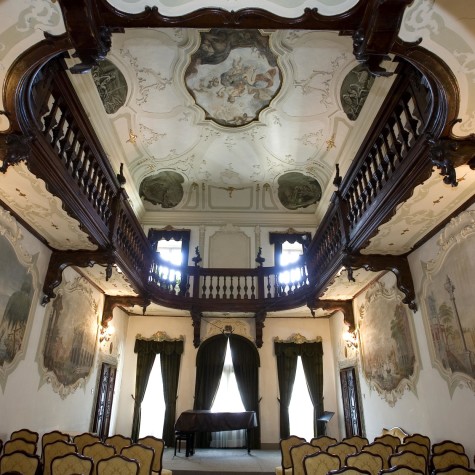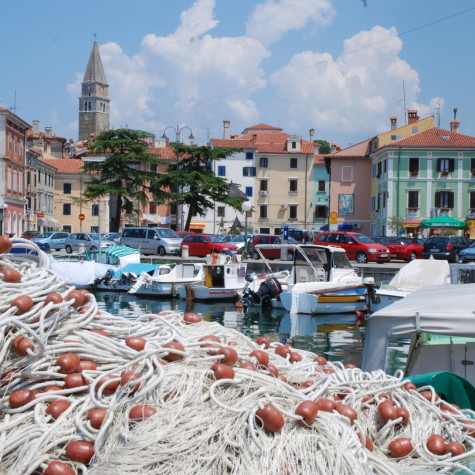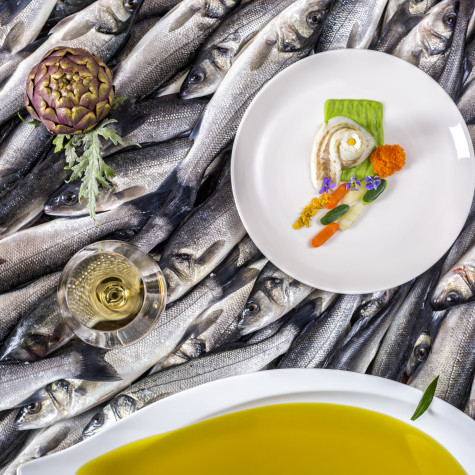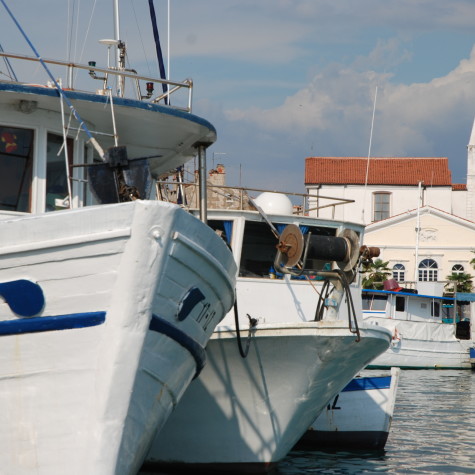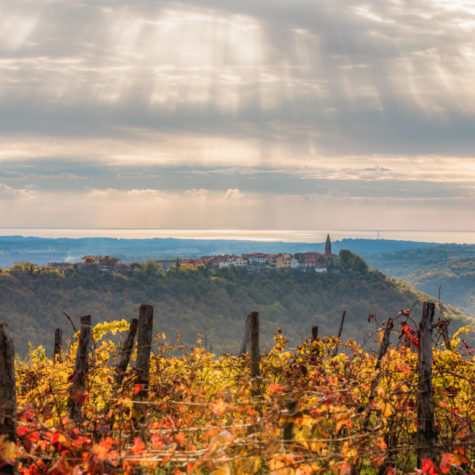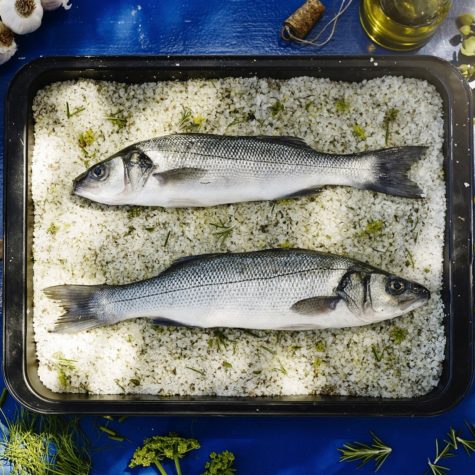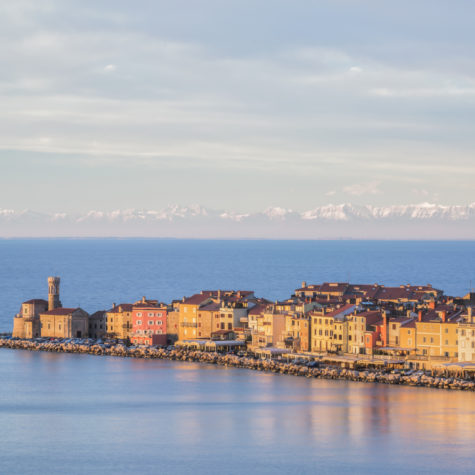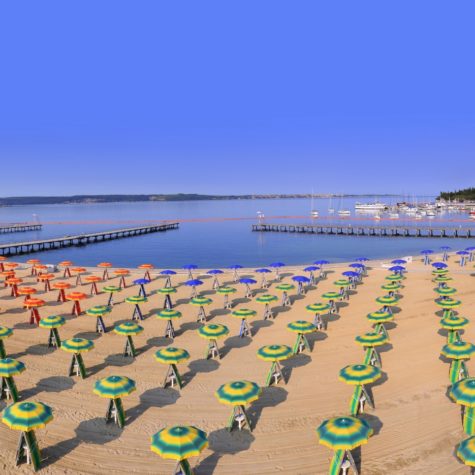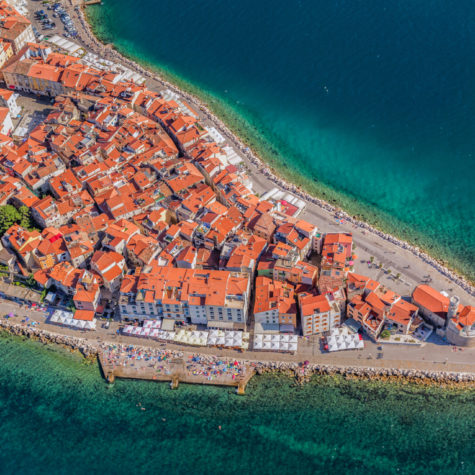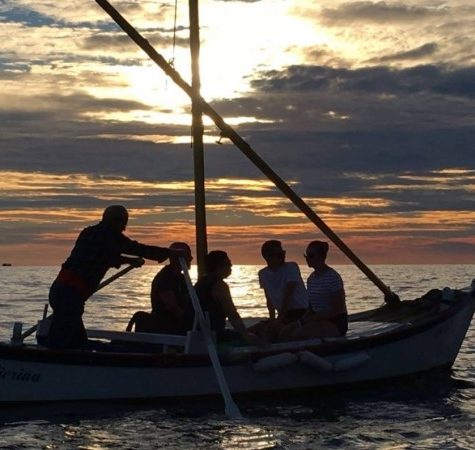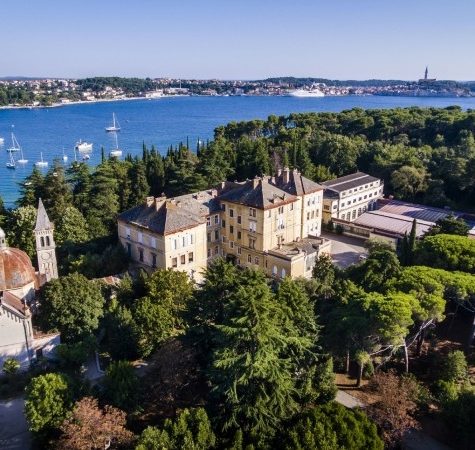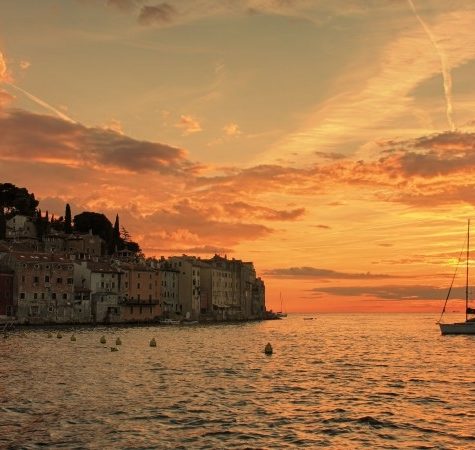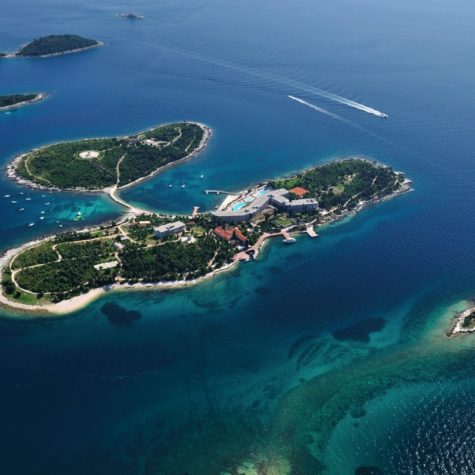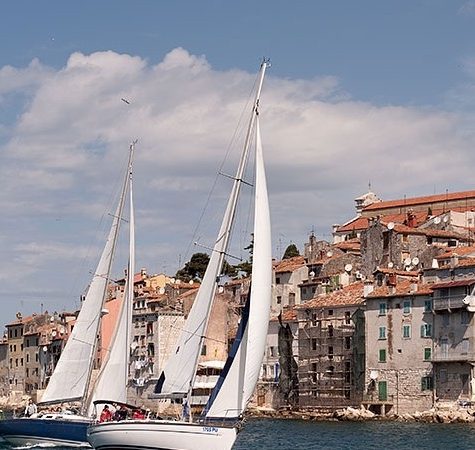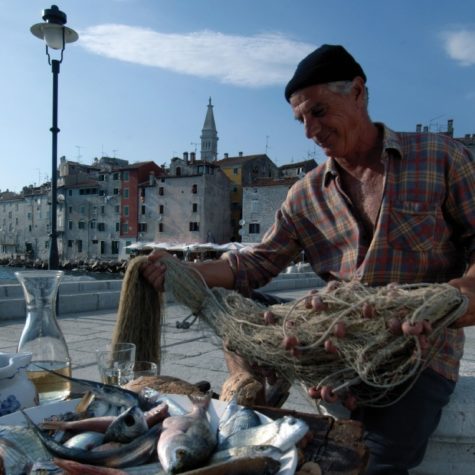Nowadays, the salt pans exist only in Strunjan and Sečovlje. Besides these, also considered to be a part of the coastal marsh wetlands are the Strunjan lagoons (Stjuža and Pretočna), both of the Fiesa lakes, the Škocjan marshes and the delta of the Rižana River. All the Slovenian coastal wetlands are thus the work of human endeavour, but still in concordance with nature.
The Sečovlje salt pans are today the largest of the coastal marsh wetlands (650 hectares), and at the same time, the most important Slovenian locality from the ornithological point of view. The variety of bird species in this area, from the aspect of nesting and wintering, is much larger than in any other comparable locality of its kind. To date, 272 bird species have been established in the Sečovlje Salina, with some 90 breeders among them. On the basis of these facts, the Government of the Republic of Slovenia in 2001 proclaimed the area the Sečovlje Salina Nature Park and the Museum of Salt-making a cultural monument of national importance.
In 1993, the Salina became the first Slovenian wetland to be inscribed on the list of internationally important marshes under the auspices of the Ramsar Convention. The Salina is extremely important as an extraordinary assortment of various ecosystems combined of transition forms between sea water, brackish, fresh water and land ecosystems.
The Museum of Salt-making is located at Fontanigge along the Giassi Channel, where one of the four restored salt-pan houses with a museal collection and a salt-field with the appertaining inflow channel with seawater is located.







